Rutherford Cross’ Mollie Rogerson looks at the impact of hybrid and flexible working, considering the different models implemented by many organisations, and the pros and cons of each.
While national lockdowns may be starting to feel like a thing of the past, the flexibility that home working offers looks like it is here to stay. With offices reopening, the transition to hybrid and flexible working can be seen across many organisations. As of June 2022, more than half of employers in Scotland (53%) have introduced the option for hybrid working compared to pre-pandemic, with 70% of employers seeing an increase in productivity according to the CIPD’s Good Work Index Survey.
Offering a clear approach to hybrid working policies is key to a successful model. Ensuring these reflect the organisations values and goals makes it clear to employees what is expected of them when working remotely.
The main hybrid working models currently implemented by businesses are:
Primarily Remote
Allowing workers to work from home with the occasional requirement to be in the office.
Pros:
- Higher levels of productivity
- Better work life balance
- Reduced carbon emission
- Potential savings to business (e.g. less office space, lower energy bills)
Cons:
- Lack of social interaction
- Communication gaps
- Potential challenges to employee engagement
Set-day Split
Requiring employees to spend a fixed number of days in the office, working the remainder from home.
Pros:
- Offers increased structure whilst still offering a level of flexibility
- Addresses most of the cons in previous model
- Gains the advantages of both WFH and office based
Cons:
- Need to retain office space requires financial commitment
- Challenges to maintaining a hybrid schedule – some organisations will specify days in the office, for those who don’t, the challenge is knowing when team members will be in together
Primarily Office Based
This approach has people working in the office most days with the ability to work from home on requested days to allow some flexibility.
Pros:
- More collaborative working
- Face to face meetings
- Allows strong relationships to be built
- Predictability for customers/clients
Cons:
- Making your company less competitive in sourcing and retaining talent in the market
- More distraction
- Longer commuting time
- Less flexibility
- Risks of a higher level of burnout
The Importance of Workplace Relationships
With these and other approaches to hybrid working increasing in many workplaces, the importance of establishing strong co-worker relationships remains key to businesses. Strong workplace relationships can give employees an increased emotional buy-in to an organisation, higher levels of personal accountability, and help ensure alignment to a company’s values and key drivers.
So how can you establish and maintain the emotional connection when operating these new models?
Communication
When working remotely, effectively communicating with your team is essential in order to avoid feeling isolated. By setting up weekly catch-ups either with management or peers it can improve relationships with co-workers.
At Rutherford Cross and the wider Livingston James Group we set up a weekly virtual coffee morning once a week during lockdowns to allow colleagues to stay connected while working from home. Now that we are getting back into the office, as many businesses are, we are ensuring this is maintained with regular Teams catch-up calls when working from home or the occasional after-work social to stay connected.
Collaborative Work
When working in the office it can be easier for team members to bounce ideas off each other without the need for formal meetings to be arranged. While there are benefits to working from home, this element of collaborative working can be lost.
The casual conversations with colleagues from different teams are vital in ensuring employees don’t get too siloed and remain in tune with the overall company purpose. If employees are working on a hybrid schedule it is advantageous to ensure teams get days in the office together so that this is not lost.
Health, Wellbeing and Safety
It is estimated that around 70 million working days are lost each year in the UK due to mental health issues. This can be due to sickness, lower productivity, or higher staff turn-over. It is important that measures are put in place to protect staff both in the office and those working from home.
Hybrid working can allow employees to have more flexibility in where, when, and how they are working and in turn have a positive impact on their wellbeing, but this can also lead to employees feeling isolation and disengaged. Taking the steps to ensure staff wellbeing is maintained can be beneficial to an organisation and lead to employees feeling more fulfilled.
It can be beneficial to have a Wellness Action Plan in place to ensure employees feel they have a safe place to be able to communicate how they are feeling. At The Livingston James Group we have introduced Mental Health First Aiders in each office to ensure our teams all have someone they can talk to.
Now that there has been a transition in the number of organisations choosing to operate a hybrid model it is more important than ever to ensure that there is open communication, support and flexibility offered to employees. Improved productivity and staff wellness can often be linked to having a positive impact on businesses and in turn reduce turnover and increased employees work satisfaction.
For a confidential discussion around your career in Accountancy and Finance please contact [email protected]







